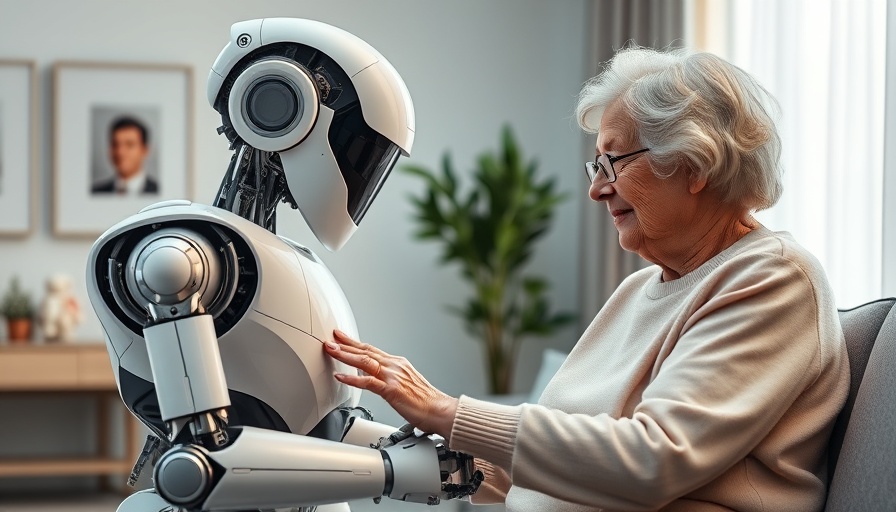
Innovative Robotics for Elderly Care: The Future is Here
As the population ages in the United States and globally, the challenge of providing care for the elderly is becoming increasingly complex. The median age in the U.S. is now 38.9, and projections suggest that the number of seniors (65+) will soar from 58 million to 82 million by 2050. In response to this impending crisis, initiatives such as the Elderly Bodily Assistance Robot (E-BAR) from MIT aim to radically transform eldercare.
How E-BAR Revolutionizes Independence
E-BAR offers a sophisticated approach to mobility assistance. Acting as sturdy robotic handlebars, it follows and supports users as they walk, allowing them to maintain independence while also providing crucial assistance if they begin to fall. This timely support is essential, as falls are currently the leading cause of injury among older adults.
Understanding the Necessity of Innovations in Elderly Support
The innovation comes at a critical time. With an anticipated shortage of caregivers matched against an aging population, the need for practical, scalable solutions is more urgent than ever. The E-BAR's ability to not only help individuals transition from sitting to standing, but to also provide instant safety measures, represents a leap forward in eldercare technology.
Future Directions for Robotic Health Assistants
Looking ahead, the creators of E-BAR plan to integrate automation that will enable the robot to autonomously follow its user, thus enhancing ease of use and functionality. Such advancements could revolutionize how the elderly regain and retain their mobility and independence. Coupled with existing technologies like fall prediction algorithms, initiatives like E-BAR signify a collaborative effort toward holistic, tech-driven eldercare.
Conclusion: Embracing Robotics in Elderly Care
The introduction of robotics like E-BAR reflects a broader trend in healthcare towards integration and innovation. By integrating these advancements into eldercare practices, healthcare professionals, tech innovators, and caregivers can work together to ensure a better quality of life for the aging population. It is essential for stakeholders in health and technology fields to embrace and support these innovations, facilitating smoother transitions as our society ages.
 Add Row
Add Row  Add
Add 




 Add Row
Add Row  Add
Add 



Write A Comment